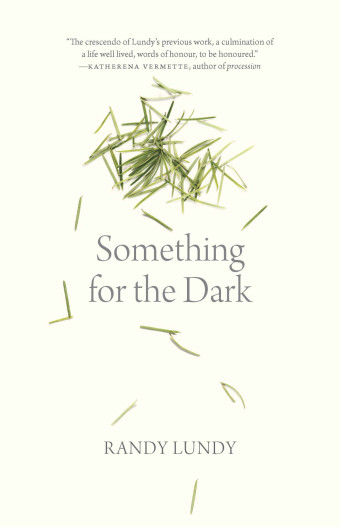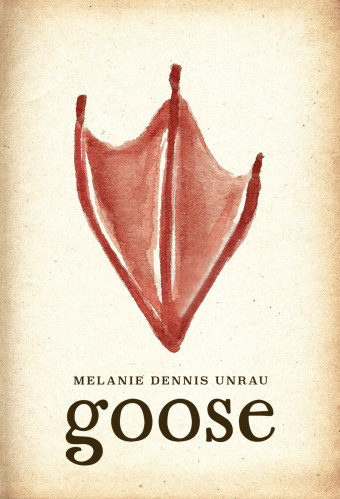People say you’ll never forget the launch of your first book. That adage has been turned upside down by the pandemic and its restrictions on gathering the last two years, but Winnipeg poet and playwright Brigette DePape hasn’t let that bother her.

- Sun Compass
- Brigette DePape
- At Bay Press
- $24.95 Paperback, 132 pages
- ISBN: 978-19-88168-61-6
“Plays were the first pieces of writing I shared with the world,” says DePape, who wrote three plays for fringe festivals across Canada. “I wrote my first play when I was 15, and I remember the sense of excitement on opening night. I feel the same sense of excitement as I release my first book of poetry!”
Her debut, Sun Compass, focuses on the poet’s unpacking of past trauma. Sparse text on the page uses images of flowers, birds, butterflies, sky, and more flowers, building an accumulative power as the speaker moves into the renewal of spring.
“When we experience trauma or pain, we sometimes feel separated from our true selves, or important parts of us,” DePape says. “Sun Compass is about learning to trust our own internal compass and navigating our way back to ourselves.”
DePape is sharing her journey, hoping that it will bring comfort and encouragement to readers.
“The creative process of writing helped me to move through pain to a place of healing and joy,” she says. “So many books have helped me in my healing. I wanted to contribute to the conversation, too.”
In this collection, DePape wanted to delve into what the jacket copy calls “the magic of resilience.”
“For me there’s magic in realizing we have the strength to leave situations that harm us,” DePape says. “We have the courage to build an existence that lights us up. Hard situations give us magic powers to know what doesn’t work for us, and to illuminate where we want to be.”

Once At Bay Press accepted the manuscript, DePape worked with Winnipeg poet and editor Sarah Ens.
“We met up for lunch meetings at Old Market Square and she showed me the ropes of the local poetry scene,” says DePape, who studied creative writing at the University of Ottawa.
“She’s an amazing editor! A key question she asked was ‘How do these poems speak to each other?’ Sarah saw patterns in my poems that I didn’t see, and encouraged me to build on them.”
One of the major shifts in the manuscript was braiding a series of short poems, DePape’s go-to mode, into five long poems.
“I like the immediacy of the short poem to express an exceptional moment or powerful emotion, like many of Rupi Kaur’s poems,” says DePape. “I like how short poems woven together into long poems can tell a larger story.”
Another valuable part of the process was that DePape got to have input on her book’s cover.
“I loved working with Chief Lady Bird who is the illustrator of the cover image,” DePape notes. “I love her drawing of a sunflower, which captures key themes of the book: resilience, the movement from hibernation to growth, and the hopefulness in connecting with the sun.”













